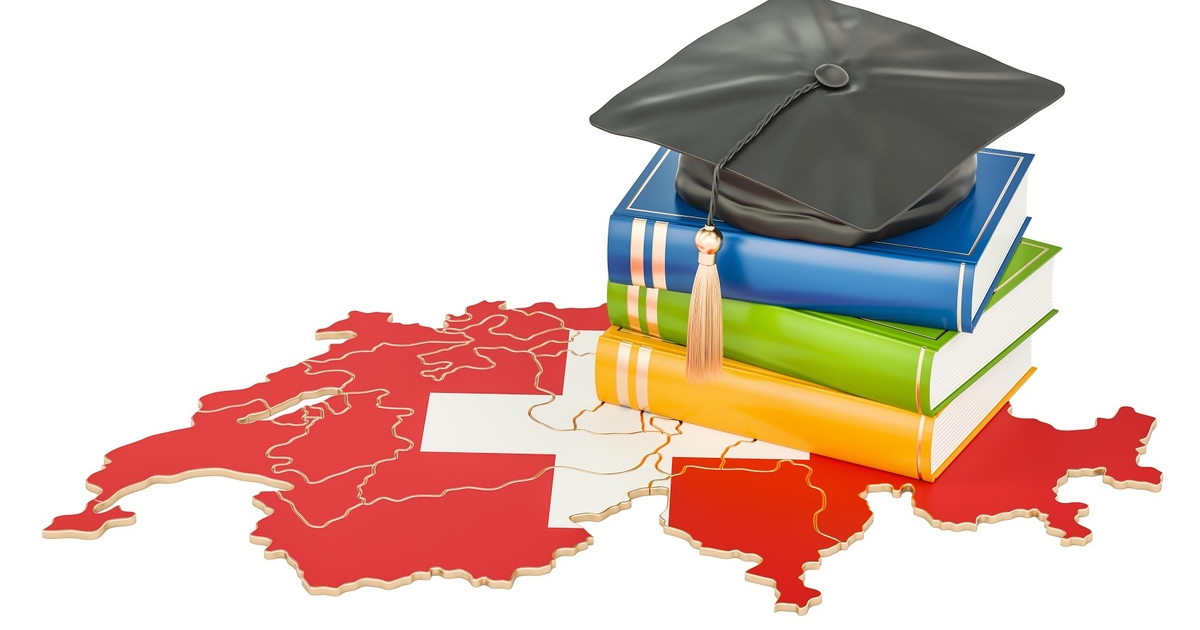Every sector was taken aback by the extensive adoption of artificial intelligence as it transformed our way of life, work, and education. This shift has particularly impacted traditional educators, likened to experiencing a “Gutenberg printing press shock,” where many of their conventional skills rapidly became obsolete. Concerns about potential risks such as data security breaches and decreased student engagement due to the rapid expansion of AI have prompted numerous educational institutions to restrict or outright prohibit its use in classrooms.
While acknowledging and understanding the associated risks of AI, the potential for positive human impact far outweighs the negative aspects. If utilized wisely and responsibly, this innovative technology has the capacity to significantly enhance and propel student learning, akin to the transformative effects of printed materials, calculators, or computers in past generations.
Hence, the pivotal question revolves not around whether AI should be utilized, but rather how it should be integrated. It is evident that technology necessitates a structured approach. Various stakeholders, including policymakers, corporate leaders, and prominent figures like Tom Hanks, have engaged in dialogues on Artificial Intelligence regulations. However, these efforts have largely been confined to national and regional domains, with global leaders taking a cautious approach to implementation.
The prevalent hesitance and emphasis on regional perspectives raise questions. Even during the height of the Cold War, opposing factions pursued international consensus, particularly regarding ethical standards or “red lines” concerning the use of nuclear weapons. Some argue that the reluctance to regulate AI stems from a lack of understanding of the systems and their implications.
Why not engage with the generation that seamlessly integrates AI into every facet of their lives? They not only possess opinions on the matter but can also offer a broader and more insightful perspective on the ethical implications of technology. A proactive group of international students aged 13 to 18 from Institut auf dem Rosenberg took the lead and formulated a 13-point treaty to govern AI, urging global leaders to promptly regulate AI utilization and development through an international pact and regulatory body.
Here are some of the safeguards proposed by the students for global consensus:
-
Power accountability and oversight: All entities involved in creating, developing, or disseminating AI technologies, whether public or private, must bear full responsibility for the outcomes generated by Artificial systems. These entities should establish dedicated departments that merge human oversight with AI technologies driven by machine learning to ensure responsible AI usage. An impartial global body will closely monitor and enforce compliance with ethical AI practices, awarding AI-Safe-Use certifications only to organizations that adhere faithfully to AI standards.
-
Transparent sourcing: Complete transparency in identifying the entities overseeing AI processes is imperative. All data processed by AI must be traceable back to its origins, with clear attribution to the organizations utilizing AI for processing. Users should have unrestricted access to the original input data utilized by AI systems. Robust legal safeguards will be implemented to enforce sourcing accountability.
-
Combatting deepfakes: For all algorithmic or synthetically generated content, mandatory watermarks or distinct markers are recommended. Increased investment in technologies for detecting manipulated images is endorsed. Algorithmic offenses such as defamation and identity theft should be categorically punishable by law. Manufacturers of AI software bear legal responsibility for verifying the authenticity of disseminated information, and AI systems must maintain comprehensive records of interactions.
-
Anti-monopoly measures: Signatories pledge to actively promote diversity and combat monopolistic practices within the realm of AI innovation to foster equal access and development. This commitment aims to encourage international collaboration, innovation, and equity.
-
Support for educational and cultural endeavors: AI systems should not autonomously generate social or intellectual content but rather assist cultural and educational creators.
The excerpts provided offer a glimpse into the meticulous efforts of these young individuals. The ethical quandaries surrounding AI have the potential to unify a divided world for the betterment of all humanity—an opportunity that we must present to the next generation.






